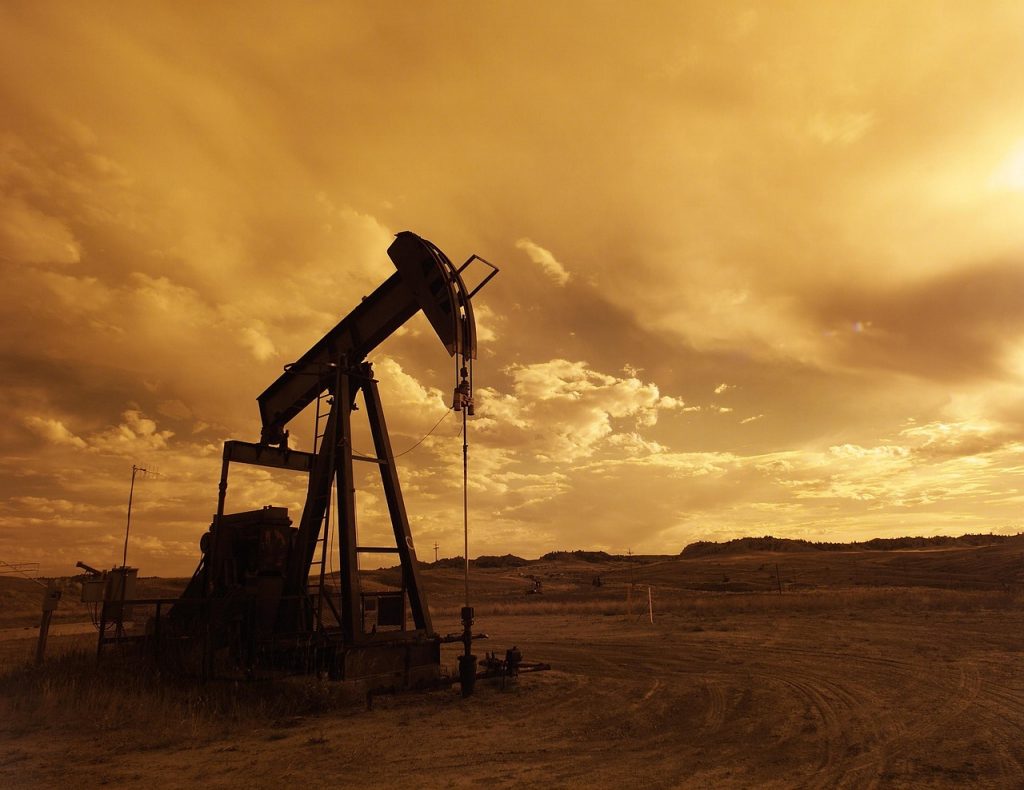Wellston lies in the Southeastern part of Manistee County. Though a small county by population, with just over 24,000 residents, this county boasts many fine things including miles of Lake Michigan shoreline, the Manistee National Forest, plentiful fishing and hunting opportunities, devoted craftsmen, and surprisingly, oil and gas reserves.
History of Production
Manistee County, and Michigan in general, isn’t the first place people think of when it comes to oil & gas production. Most Americans probably associate oil drilling with places like Texas or Oklahoma where this is a key and booming industry. However, Michigan actually ranks as the 17th largest producer of oil and gas in the U.S., which isn’t immaterial. Though oil was first successfully drilled here in 1870, it wasn’t really commercially drilled until 1927, when oil discovery at Muskegon field in Western Michigan stimulated an oil boom. Following this discovery, other wells were drilled, but overall Michigan’s oil and gas industry remained relatively stagnant over the next six decades.

Discovery of the Antrim Shale
In the late 1980s, companies began exploring and drilling along the Antrim Shale, which spans the upper part of the Lower Peninsula. During the 1990s, production along the Antrim boomed, making it the most actively drilled shale gas play in the United States. Wells sprang up all along the Antrim Shale and production brought new economic growth to Antrim, Crawford, Montmorency, Oscoda, Otsego, and, our own, Manistee County. Gas production peaked in 1997, as production spiked at over 280 million MCF. Owners of mineral rights in Manistee and other counties had a field day cashing in on lucrative gas royalties as gas companies flocked to the area for their piece of the pie.
On the Decline
Since 1997, production of both oil and gas has been on a steady decline, but mineral rights owners saw renewed hope in their holdings when hydraulic fracturing made its Michigan debut in 2010. A couple of companies sought to tap previously unreachable reserves using this highly controversial method of drilling, otherwise known as fracking. However, by 2014, their efforts proved unfruitful, and both companies exited the state. Drilling volume continued its downward spiral, dropping to a tenth of its level two decades prior.

Future of Michigan’s Oil & Gas
With OPEC flooding the market’s supply, oil and gas prices have remained low through 2016, discouraging further oil and gas exploration across the country. Michigan is no exception. In the Great Lakes State, production levels have reached an all-time low, with only 46 new wells drilled during 2015, and only 100 drilling permits issued over the entire year. So far, 2016 has shown no improvement.
Despite waning production, Michigan still remains a critical player in the U.S. oil and gas industry thanks to its ample storage capacity. According to drillinginfo.com, Michigan has the most gas storage capacity of any state, with room for over 1 TCF of total storage. Michigan is an ideal place for gas to be stored given its proximity to the Northeast, where demand for gas during the winter months is huge. Empty reservoirs are filled with gas for storage during the summer months and then tapped during the winter months as demand peaks. Currently, Michigan has 43 depleted fields that are actively used for gas storage by major gas companies, more than any other state.
Michigan’s future in oil and gas remains to be seen. Geologists are sure that there remain many untapped oil and gas reserves under the surface, just waiting to be drilled. However, production isn’t likely to increase until oil and gas prices across the U.S. start picking up again, which could take months or even years.
